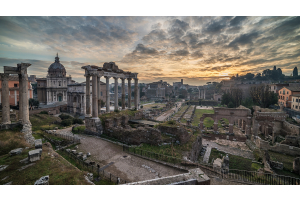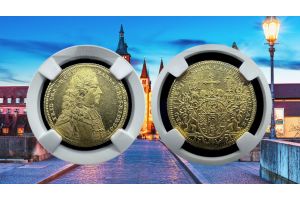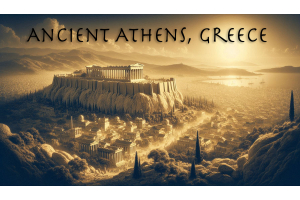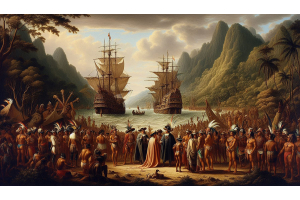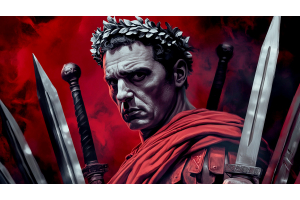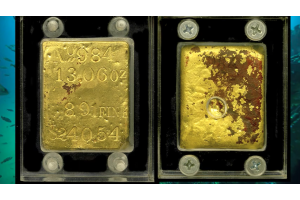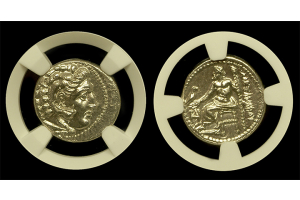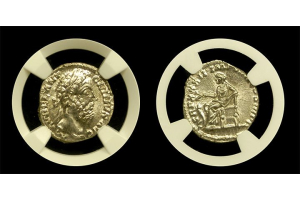Mexican Liberation From Spain
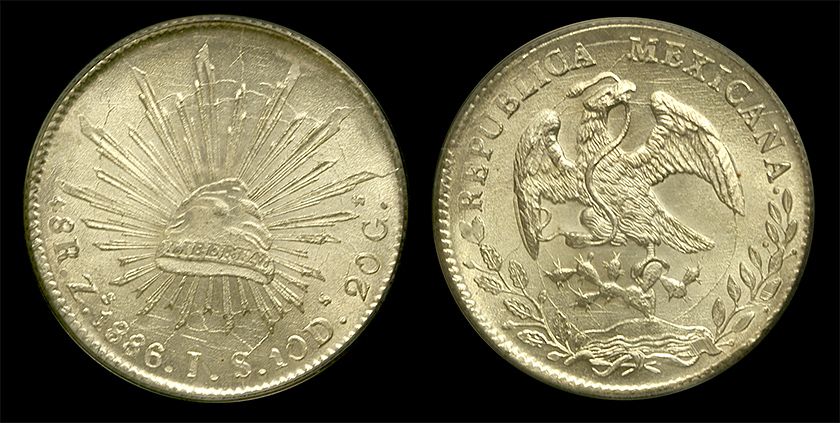
Spain was having serious trouble in the early 19th century. Napoleon’s armies had invaded their country. Napoleon was in control of most of the Spanish peninsula by 1809. In addition, the Spanish were suffering defeat after defeat. Spain's heavy losses were attributed to incompetent generals. New Spain, now called Mexico, saw their window of opportunity...
The French invasion of Spain sparked uprisings across Spanish America. It was the start of the Mexican liberation from Spain. Mexican war for independence was hard fought. It was not a single event, but many regional struggles that occurred in a revolutionary civil war that lasted 11 years.
Finally, in August of 1821, the Treaty of Córdoba was signed. A new day was dawning for Mexico. New Spain’s dependence on Old Spain had finally occurred. Mexican Liberation from Spain had finally happened!
During the Mexican war for independence, numerous mints in Mexico had still been in operation. In actuality, these mints were supplying coinage to both the Spanish crown's allies and detractors. On the other side, rebels produced coins bearing Ferdinand VII's titles. Subsequently, both Royalists and Insurgents also issued counter-marked pieces.
Republic Issues
The United Mexican States started printing new coins after the republican constitution was adopted in 1824. Consequently, these coins were meant to unify Mexico with a new standard design. The coin's new design featured a Mexican eagle on the obverse. It also had the legend "República Mexicana" written above. The reverse featured a liberty cap with rays behind.
Mexico 8 Reales
In the late 1800s, the US was issuing massive amounts of silver dollars called Morgan Silver Dollars. But, in Mexico, their equivalent coin was called the silver 8 Reales. However, the Reales were heavier than a US silver dollar. The new “Cap and Rays design” made from 1824-1897 weighed an incredible .96 ounces.
The Mexican coat of arms features fine detail of an eagle atop a cactus, clenching a snake in its mouth. As mentioned before the reverse has Cap and Ray's design. In conclusion, they adopted the Phrygian cap. It is a symbol of liberty used on many early U.S. coins.
The coin in the video down below is graded by PCGS and is actually quite uncommon. In reality, PCGS and NGC together have only graded 181 specimens in total. This one is in Mint State 65. It is one of just 30 and only 8 are known finer. This secures it well in the top 20% for the issue. Coins like this are a solid value. It is also a great way to commemorate Mexican Liberation From Spain.





